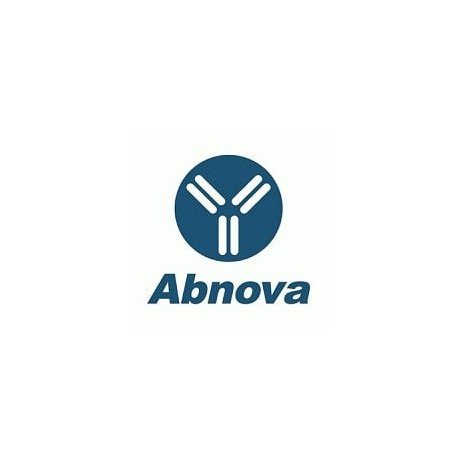Cart 0 Product Products (empty)
No products
To be determined Shipping
0,00 € Total
Prices are tax excluded
Product successfully added to your shopping cart
Quantity
Total
There are 0 items in your cart. There is 1 item in your cart.
Total products (tax excl.)
Total shipping (tax excl.) To be determined
Total (tax excl.)
Data sheet of Dpp4 monoclonal antibody, clone 5E8
| Brand | Abnova |
| Product type | Primary antibodies |
| Reactivity | Rat |
| Host species | Mouse |
| Applications | WB,IP,ELISA,IHC-Fr |
More info about Dpp4 monoclonal antibody, clone 5E8
| Brand: | Abnova |
| Reference: | MAB5649 |
| Product name: | Dpp4 monoclonal antibody, clone 5E8 |
| Product description: | Mouse monoclonal antibody raised against native Dpp4. |
| Clone: | 5E8 |
| Isotype: | IgG1 |
| Gene id: | 25253 |
| Gene name: | Dpp4 |
| Gene alias: | DPPIV |
| Gene description: | dipeptidylpeptidase 4 |
| Immunogen: | Native purified rat liver membrane extracts Dpp4. |
| Form: | Liquid |
| Recommend dilutions: | Recommend dilution at 1:10 The optimal working dilution should be determined by the end user. |
| Storage buffer: | In PBS (0.1% BSA, 0.02% sodium azide) |
| Storage instruction: | Store at 4°C. |
| Note: | This product contains sodium azide: a POISONOUS AND HAZARDOUS SUBSTANCE which should be handled by trained staff only. |
| Product type: | Primary antibodies |
| Host species: | Mouse |
| Antigen species / target species: | Rat |
| Specificity: | Dipeptidyl peptidase IV (DPP IV) is widely distributed in a number of mammalian tissues and is suggested to play an important role in various kinds of biological processes. DPP IV (CD26) is a serine-type protease that removes the amino-terminal dipeptide from peptide substrate provided that the penultimate amino acid residue is proline or alanine. DPP IV plays an important role in the reclamation of peptide nitrogen from larger peptides. The monoclonal antibody 5E8 reacts with DPP IV present on the apical surface of epithelial cells in the pancreas, small intestine, colon, and bile duct. Furthermore antibody 5E8 reacts with DPP IV on the laminar portions of the proximal renal tubule cells, and, weakly, on the glomeruli. |
| Reactivity: | Rat |
| Applications: | WB,IP,ELISA,IHC-Fr |
| Shipping condition: | Blue Ice |
| Publications: | Identification of a target antigen recognized by a mouse monoclonal antibody to the bile canalicular surface of rat hepatocytes with a random phage display library.Ariyoshi M, Mizuno M, Morisue Y, Shimada M, Fujita S, Nasu J, Okada H, Shimomura H, Yamamoto K, Tsuji T. Acta Med Okayama. 2002 Aug;56(4):187-91. |


